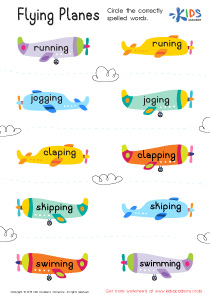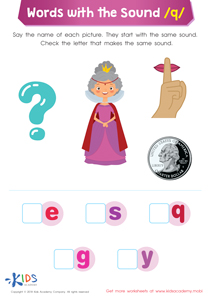Reading comprehension Consonant Digraphs Worksheets for Ages 6-9
6 filtered results
-
From - To
Discover the perfect way to enhance reading skills with our Reading Comprehension Consonant Digraphs Worksheets for Ages 6-9. These engaging and educational resources are designed to help young learners hone their ability to recognize and pronounce consonant digraphs—combinations like 'ch,' 'sh,' and 'th.' Each worksheet is crafted to bolster reading comprehension while making the learning process enjoyable. With a variety of activities and exercises, children will build a strong foundation in phonics and reading fluency, preparing them for more advanced literacy challenges. Unlock your child's potential today with our expertly designed worksheets!
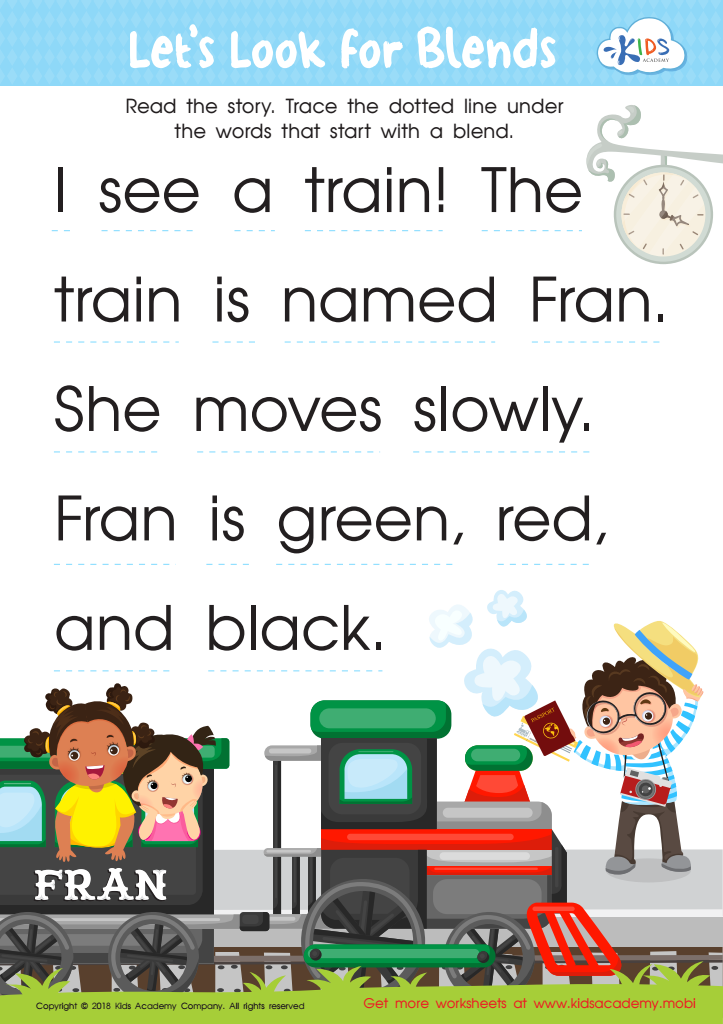

Let's Look for Blends Worksheet


Shhh... What Digraph? Worksheet
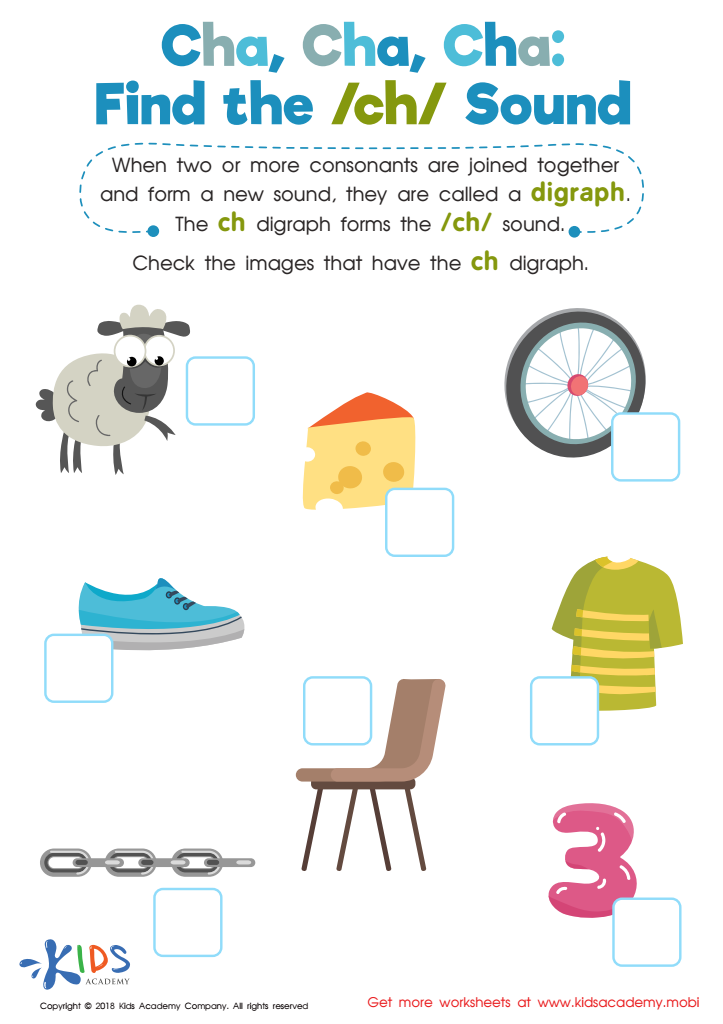

Cha, Cha, Cha: Find the /Ch/ Sound Worksheet
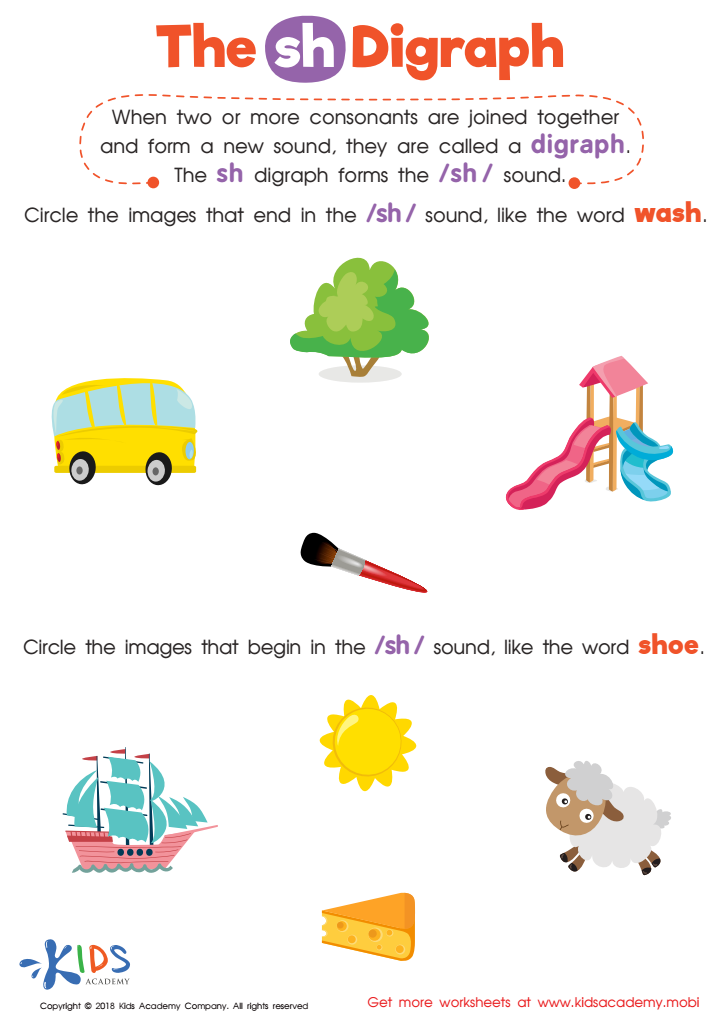

The SH Digraph Worksheet


Consonant Blends: "Dr" and "Tr" Printable
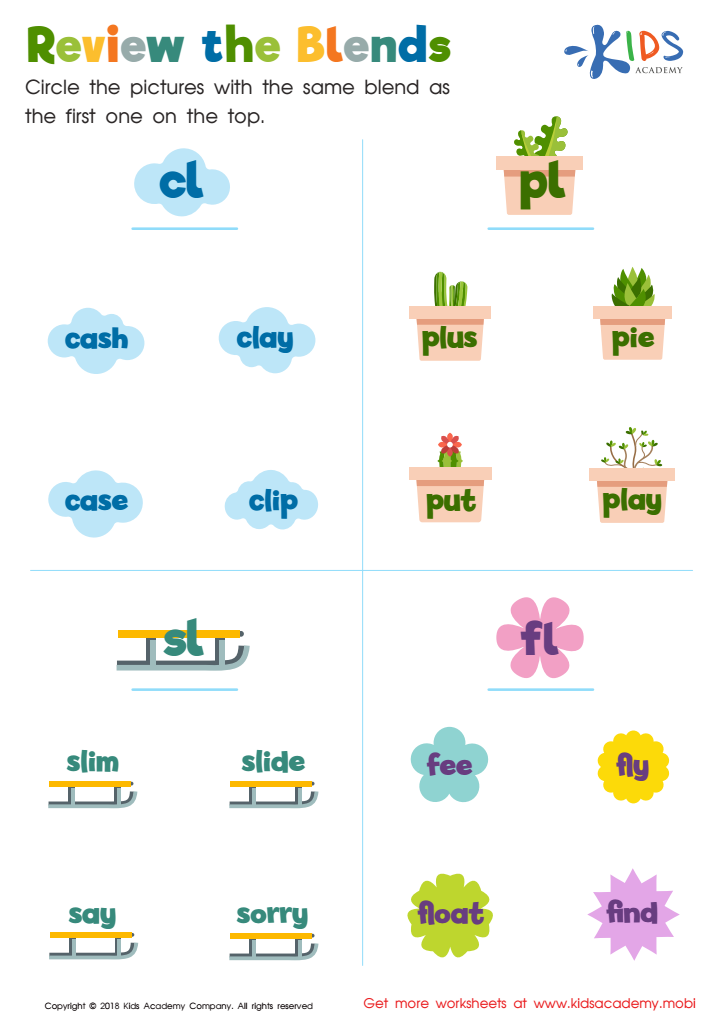

Review the Blends Worksheet
Parents and teachers should prioritize reading comprehension and consonant digraphs (such as "sh," "ch," "th," and "wh") for children aged 6-9 because these foundational skills are crucial for literacy development. At this age, children transition from learning to read to reading to learn. Consonant digraphs are combinations of two consonants that produce a single sound, and understanding them is essential for decoding words correctly. This skill aids in fluency, which improves overall reading speed and comprehension.
When children can easily recognize and pronounce digraphs, they are more confident and engaged readers. This confidence encourages a love of reading, which fosters vocabulary expansion, enhances imagination, and improves critical thinking skills. Furthermore, strong reading comprehension directly correlates with better performance across all academic subjects, including math and science, as instructions and problem-solving often involve substantial reading.
For early grade teachers, incorporating lessons that focus on digraphs through phonics games, interactive read-aloud sessions, and guided reading practices can make learning enjoyable and effective. For parents, reinforcing these concepts at home with reading activities and supporting materials benefits children's consistent learning journey. Ensuring a solid grasp of reading comprehension and consonant digraphs lays a strong foundation for lifelong academic success and intellectual development.
 Assign to My Students
Assign to My Students






